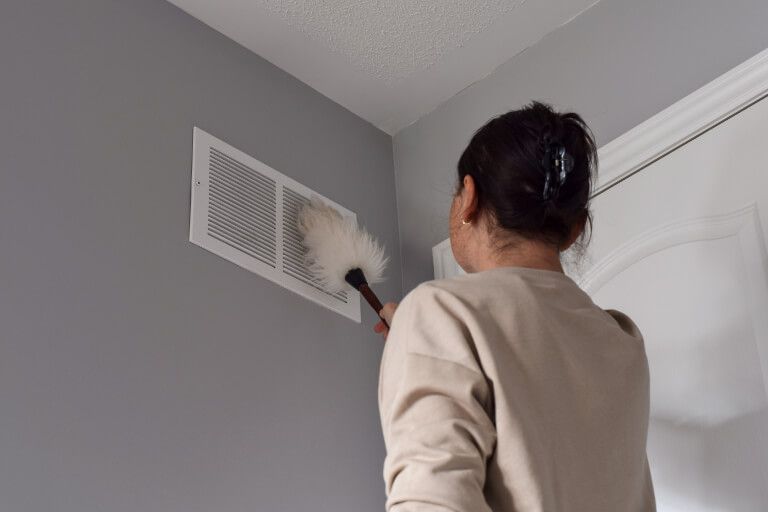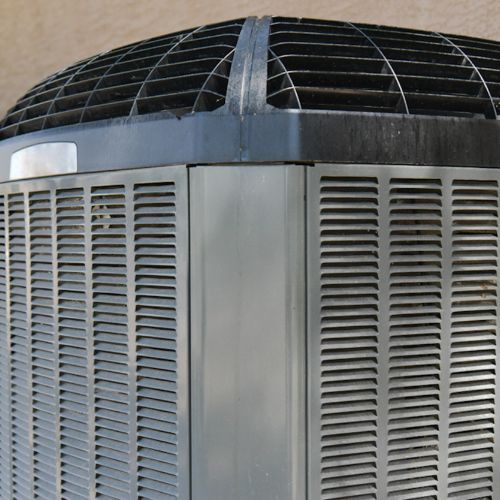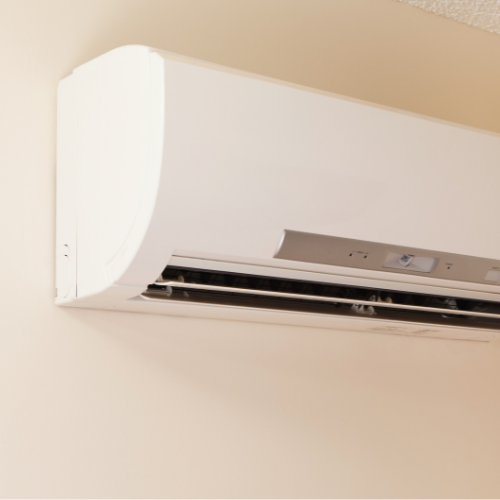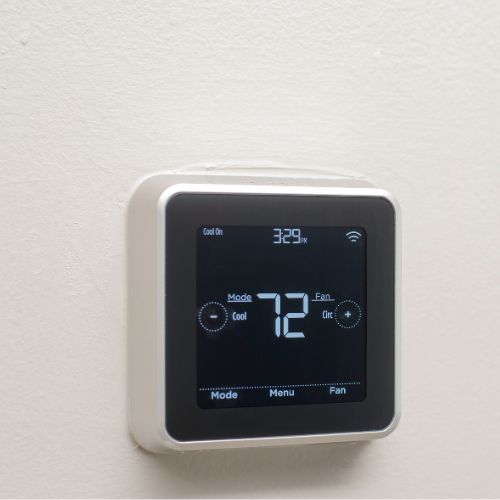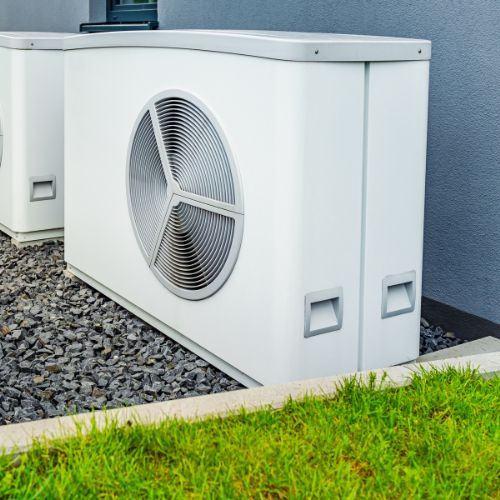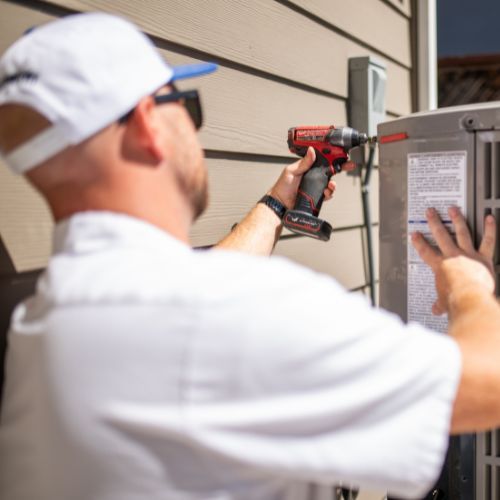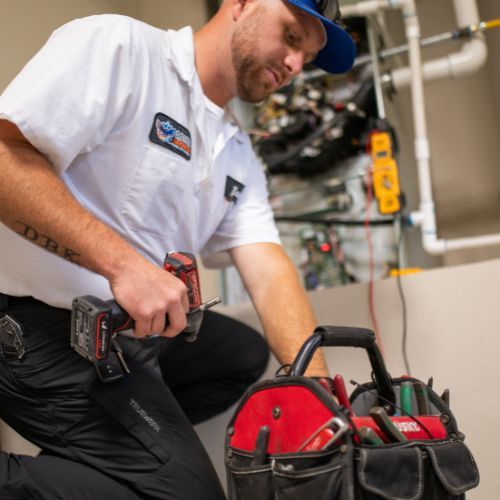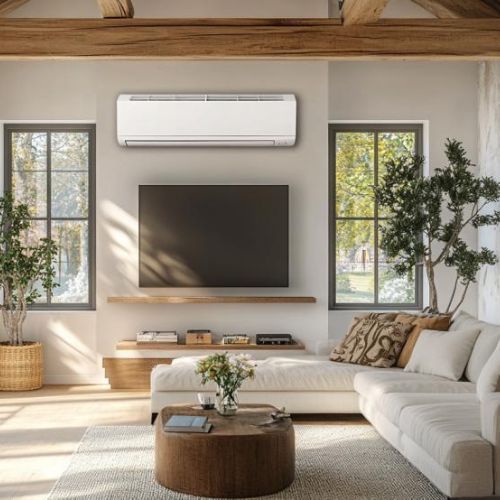5 Airborne Allergens to Watch For in Northern California
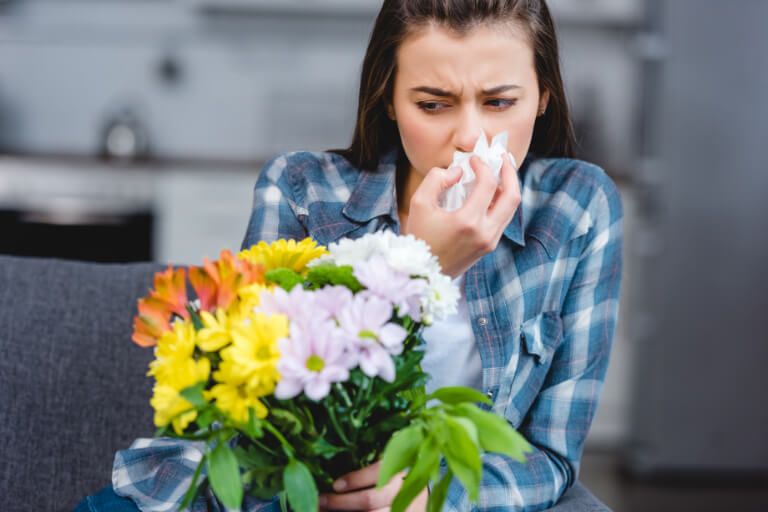
Table of Contents
ToggleNorthern California is beautiful, but it can also be a minefield of airborne allergens with devastating effects on respiratory health, peace of mind, and home maintenance budgets. In this piece, we’ll explore some common airborne allergens that affect the region, and how they may impact your health and the health of the whole building if you don’t take care of them quickly.
Airborne Allergens in Northern California

Pollen is produced by plants and trees to fertilize other plants. When pollen grains land on your skin or in your eyes, they can cause a rash or conjunctivitis (eye inflammation). If you have allergies, breathing in these microscopic grains may also cause an allergic reaction such as sneezing; coughing; itchy eyes; stuffy nose; runny nose; wheezing/shortness of breath; tightness in chest muscles
Dust Mites
Dust mites are microscopic arachnids, which means they’re technically spiders. But don’t worry–they don’t bite or carry diseases. They feed on dead skin cells and live in mattresses, pillows and upholstered furniture.
Dust mites are a major cause of allergic reactions worldwide, so if you’re sensitive to them (or any other airborne allergen), it’s important to take precautions against exposure inside your home. You can start by getting rid of dust mite-infested items like old pillows or blankets that haven’t been washed recently enough; washing these regularly will help keep them from becoming infested again! Also consider using a HEPA filter vacuum cleaner if you have one available–it will trap more allergens than regular vacuums do without releasing any back into the air when you use it!
Mold
In addition to pollen and dust mites, you may also encounter mold. Mold is a fungus that grows on surfaces like wood or paper. When it’s in the air, you can breathe it in and have an allergic reaction. While mold spores are common in nature (and even on plants), they can also grow inside homes if moisture gets trapped inside walls or under carpeting–which is why you should take care not to leave wet clothes laying around your house!
If you think that you might be allergic to mold:
- Wash your hands often with soap and water for at least 20 seconds at a time–this helps remove any allergens that might be lingering on them after coming into contact with something else.
- Use dusters/vacuums regularly so that dirt doesn’t accumulate over time; this will help prevent any future problems from occurring later down the road when too much debris has collected underfooting materials such as wood floors//carpets etc..
Mildew
Mildew is a fungus that can grow on just about any surface. It thrives in damp areas, like bathrooms and kitchens. Mildew also tends to be found on walls, floors and carpets–and sometimes even furniture.
Mildew feeds on organic material such as dead skin cells or dust mites’ excrement (yuck). This can cause allergic reactions in some people who have asthma or respiratory conditions like chronic rhinitis or sinusitis.
Bacteria

To avoid exposure to bacteria:
- Keep your home clean by vacuuming regularly and washing your bedding weekly at a temperature above 130 degrees Fahrenheit (54 Celsius). If you have carpeting or rugs in your home, have them professionally cleaned every three months rather than attempting to do it yourself with an over-the-counter product because these might not be effective enough to clean deeply embedded dirt from crevices between fibers–and this type of contamination may contain allergens like dust mites!
Pollen
Pollen is a common allergen in Northern California. It’s made of male plant reproductive cells, which are released by trees, plants and grasses to fertilize female plants. Pollen can be found on all surfaces in your home, including bedding and pillows; it will also stick to clothing if you wear it inside the house or outdoors.
Pollen season lasts anywhere between late February through early May depending on what type of tree you’re allergic to; some trees produce pollen earlier than others while others produce it later in their blooming season.
HVAC and IAQ: A Close Relationship

The HVAC system is a big part of this equation: it can either help reduce the spread of airborne allergens or make them worse! For example, if you have pets at home who shed fur and dander (aka dead skin cells) onto furniture and rugs throughout your house, then those particles will end up being sucked into your HVAC system when it cycles on during spring time weather changes–and then recirculated throughout your entire home again when temperatures rise later in summertime months where there’s more humidity outside than inside buildings like residences.
Elevated Comfort can help you ensure that your NorCal home or business remains comfortable and healthy all year long.
Elevated Comfort is a Santa Rosa HVAC company that specializes in indoor air quality (IAQ). We offer IAQ services and HVAC maintenance to help you maintain a healthy home or business environment. Our team of experts can help you avoid sick building syndrome by identifying air quality issues before they become problematic, so that you can make informed decisions about how best to improve your indoor air quality.
We hope that this article has helped you better understand airborne allergens and how they affect your NorCal home. If you’re looking for a way to reduce the amount of allergens in your environment, contact Elevated Comfort today! We can help identify what type of treatment plan is right for you and your family’s needs.

